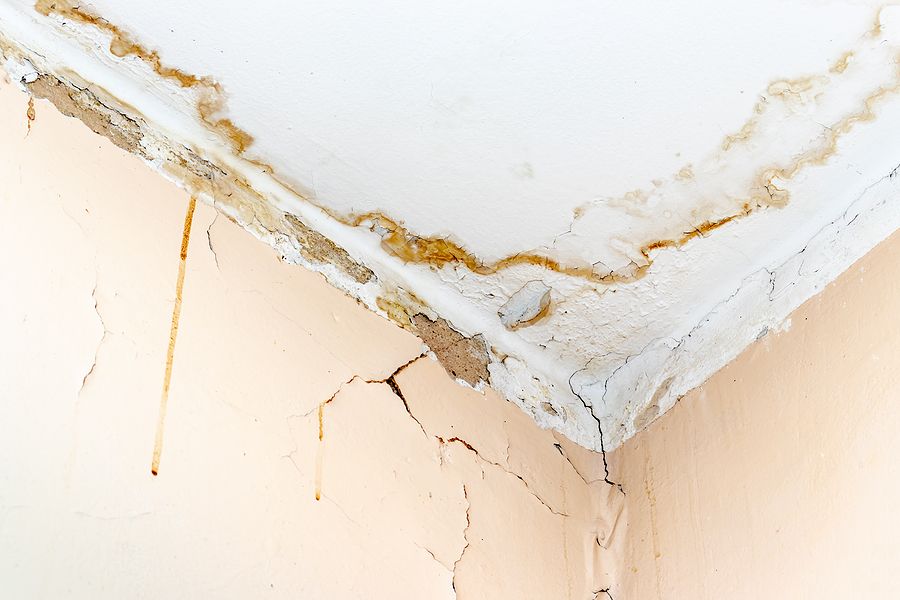Identify A Half-Dozen of The Commonest Triggers for Leakage Within Your Home
Identify A Half-Dozen of The Commonest Triggers for Leakage Within Your Home
Blog Article
This post down below relating to Common Water Leaks In House is highly insightful. Don't skip it.

Leaks not only trigger waste of water yet can also trigger unnecessary damages to your house and promote undesirable organic growth. By recognizing and looking for day-to-day situations that cause leakages, you can protect your home from future leakages and also unneeded damage.
Instantaneous temperature level modifications.
Extreme temperature modifications in our pipes can trigger them to broaden and acquire all of a sudden. This growth and also tightening might create fractures in the pipes, specifically if the temperature level are below freezing.
Rusty water supply
As time passes by, your plumbing system ages and also deterioration such as rust may start gnawing the pipes. This may be the root cause of discoloration or warping on your pipes. This asks for an assessment with your plumber promptly. If our plumbing system is old, think about replacing the pipes given that they go to a higher threat of rust than the more recent versions.
Malfunctioning Pipeline Joints
The point at which your pipelines connect is frequently the weakest link in the waterline. Pipeline joints can wear away over time, resulting in water leaks. Sadly, most of pipe joints are not conveniently noticeable. If you have loud pipes that make ticking or banging sounds, especially when the warm water is turned on, your pipe joints are probably under a great deal of pressure. It is a good idea to have your plumber evaluate your system yearly.
Intruding roots
A lot of water leaks begin outside your home rather than inside it. If you discover an unexpected reduction in water pressure, state in your tap, take time to head out and analyze your lawn. You could observe damp spots or sinkholes in your yard, which may suggest that tree roots are invading water lines triggering water to leak out. You can have your plumber look for intrusion, particularly if you have trees or shrubs near your home.
Poor Water Connectors
At times, a leakage can be triggered by loose hoses and pipelines that supply your home appliances. In case of a water links leakage, you might observe water running directly from the supply line or pools around your home appliances.
Obstructed Drains
Obstructed drains pipes could be annoying and also inconveniencing, however they can in some cases wind up causing an overflow causing burst pipelines. Keep getting rid of any products that might drop your drains that might block them to avoid such aggravations.
All the above are causes of leakages but not all water leakages result from plumbing leaks; some leaks could originate from roofing leaks. All leakages ought to be repaired quickly to prevent water damages.
Leaks not just create waste of water yet can additionally create unnecessary damages to your residence and advertise unwanted organic growth. By understanding and looking for day-to-day scenarios that create leakages, you can protect your home from future leaks as well as unneeded damages. Today, we will look at 6 leakage creates that may be triggering your pipes to drip.
At times, a leakage can be caused by loose tubes and also pipes that provide your appliances. In situation of a water links leakage, you may discover water running directly from the supply line or pools around your appliances.
How To Check For Water Leak In Your Home
How To Check for Leaks
The average household's leaks can account for nearly 10,000 gallons of water wasted every year and ten percent of homes have leaks that waste 90 gallons or more per day. Common types of leaks found in the home are worn toilet flappers, dripping faucets, and other leaking valves. These types of leaks are often easy to fix, requiring only a few tools and hardware that can pay for themselves in water savings. Fixing easily corrected household water leaks can save homeowners about 10 percent on their water bills.
To check for leaks in your home, you first need to determine whether you're wasting water and then identify the source of the leak. Here are some tips for finding leaks:
Take a look at your water usage during a colder month, such as January or February. If a family of four exceeds 12,000 gallons per month, there are serious leaks.
Check your water meter before and after a two-hour period when no water is being used. If the meter changes at all, you probably have a leak.
Identify toilet leaks by placing a drop of food coloring in the toilet tank. If any color shows up in the bowl after 10 minutes, you have a leak. (Be sure to flush immediately after the experiment to avoid staining the tank.)
Examine faucet gaskets and pipe fittings for any water on the outside of the pipe to check for surface leaks.
Undetected water leaks can happen without the home or business owner even realizing. If you suspect a water leak, but not able to find the source. It is time to contact a professional water leak detection service, The Leak Doctor.
How To Find a Water Leak In Your Home
https://www.leakdoctor.com/blog/How-To-Check-For-Water-Leak-In-Your-Home_AE197.html

I am very eager about Common Water Leaks In House and I hope you liked the new piece. Enjoyed our post? Please share it. Let other people check it out. Thanks so much for your time spent reading it.
For instant relief, call. Report this page